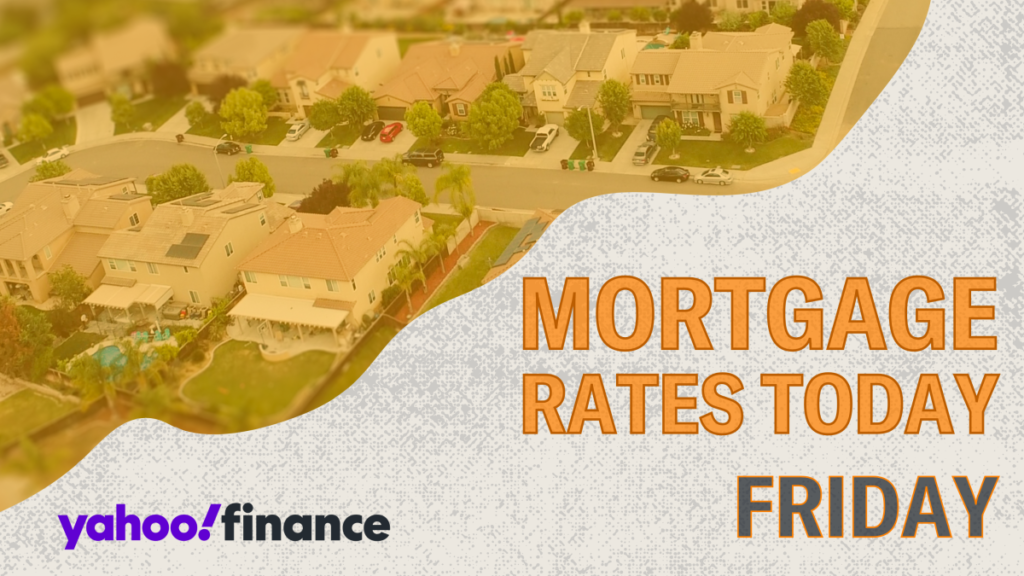Mortgage rates have seen an uptick recently, marking a notable change in the borrowing landscape for prospective homebuyers. As reported by Freddie Mac, the 30-year fixed mortgage rate increased by 12 basis points, reaching 6.72%, which is slightly above this time last year by five basis points. While this current rate is lower than the peak of 6.84% in November, the overall trend suggests that mortgage interest rates are likely to remain relatively high into the next year. With the Federal Reserve indicating plans to cut the federal funds rate only twice in 2025, the window for waiting for lower mortgage rates may not be wise for those ready to purchase a home. Instead, potential buyers are encouraged to focus on strengthening their financial profiles and comparing mortgage lenders to secure the best possible rates as they plan their home purchases.
The latest data from Zillow reveals a clear snapshot of current mortgage rates, breaking down various options available to consumers. The 30-year and 20-year fixed mortgage rates stand at 6.63%, while the 15-year fixed rate is slightly lower at 5.97%. For those considering adjustable-rate mortgages (ARMs), the 5/1 and 7/1 ARMs are currently both at 6.68%. Varying slightly, the rates for VA loans include a 30-year fixed rate of 6.01% and a 15-year fixed rate of 5.58%. These numbers reflect national averages and serve as a resource for consumers to gauge the competitive landscape when shopping for mortgages.
When it comes to refinancing, the data also shows a slight variation from purchasing rates. The average 30-year fixed refinance rate is at 6.65%, while the 20-year and 15-year options stand at 6.60% and 5.86% respectively. For adjustable-rate refinancing, the 5/1 ARM offers a more attractive average at 6.38%, alongside the 7/1 ARM at 6.75%. Generally, refinancing rates tend to be higher than those available for purchasing mortgages, but exceptions do occur, necessitating careful research by homeowners considering their refinance options.
Understanding mortgage rates is vital for prospective borrowers as it directly impacts their financial obligations. Essentially, a mortgage interest rate is the fee expressed as a percentage for borrowing money from a lender. Buyers can choose between fixed-rate mortgages, which lock in a specific rate for the duration of the loan, or adjustable-rate mortgages that come with an initial fixed rate that can change periodically. An example is a 7/1 ARM, which maintains a fixed rate for the first seven years before adjusting annually based on market conditions. The choice between these rates often hinges on individual financial circumstances and future plans regarding home ownership.
The structure of mortgage payments changes over time, particularly in a fixed-rate mortgage situation where borrowers initially pay more towards the interest portion than the principal. As the loan matures, the allocation of payments shifts, allowing borrowers to gradually chip away at the principal amount owed. While the 30-year fixed-rate mortgage is often favored for its lower monthly payments and stability, some buyers may prefer the 15-year option for its lower interest rates and quicker payoff time. However, potential buyers must assess their financial capacity to manage the higher monthly payments that come with shorter-term loans.
Despite recent fluctuations, mortgage rates have generally been on an upward trajectory for several weeks, with the Federal Reserve’s approach likely keeping pressures on rates for the foreseeable future. As of this week, the average rate for a 30-year mortgage sits at 6.72%, while the 15-year rate has reached 5.92%. Fannie Mae’s December housing forecast anticipates that the 30-year mortgage rate may settle at around 6.60% by the end of 2024, similar to predictions from the Mortgage Bankers Association. Although there is potential for rates to decline in 2025, much will depend on economic factors and the unfolding political landscape, notably with the transition into a new presidential term. This ongoing uncertainty makes it crucial for buyers to stay informed and make financial decisions that align with their current abilities and future aspirations in the housing market.

